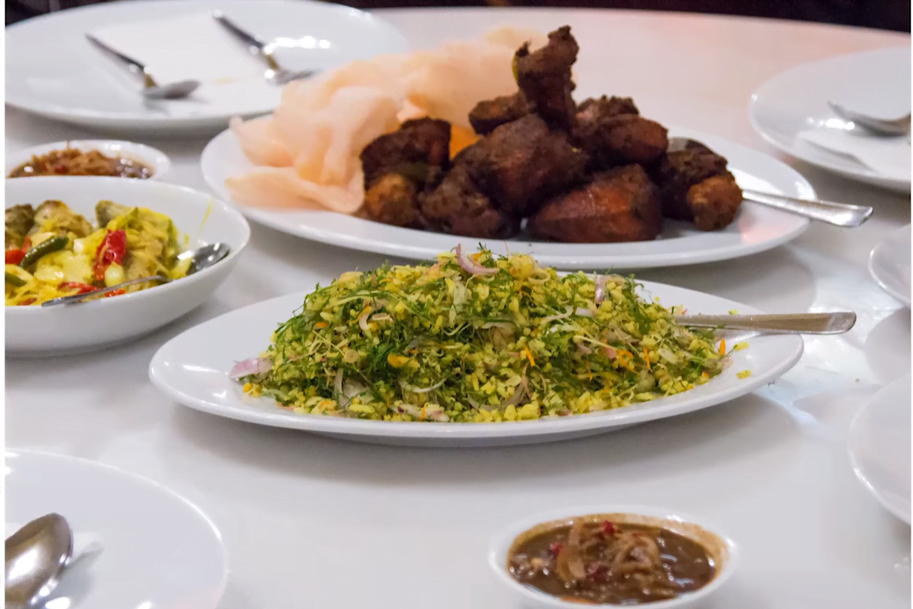Traditional Preparation Methods
Traditionally, Nasi Ulam is made by mixing cooked rice with a variety of fresh herbs and spices. The herbs used in the dish can vary depending on the region, but typically include ingredients such as pandan leaves, lemongrass, kaffir lime leaves, and turmeric leaves. These herbs are finely chopped and mixed with the cooked rice.
To enhance the flavor, some recipes call for toasted coconut and peanuts to be added to the mixture. The dish is typically seasoned with salt and pepper and is sometimes served with a spicy chili paste called sambal.
